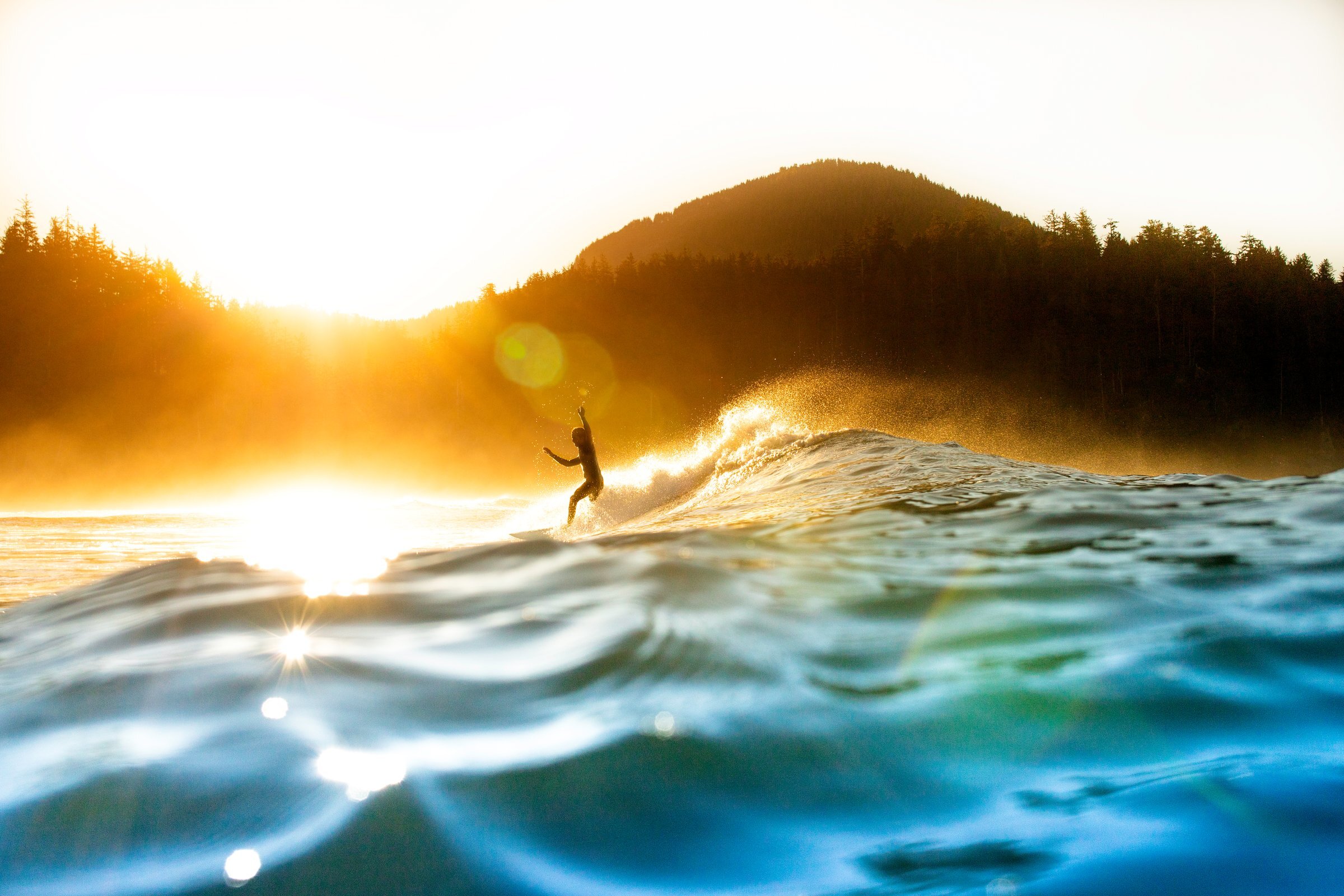Rise by Six: Your Daily Dose of Inspiration
Explore insights and stories that elevate your day.
Surf's Up: An Epic Journey from Shoreline to Swell
Ride the waves of adventure! Join us as we explore the thrilling journey from the shoreline to epic swells. Surf's up!
The Ultimate Guide to Riding the Perfect Wave: Techniques and Tips
Riding the perfect wave is an exhilarating experience that requires skill, timing, and an understanding of ocean dynamics. To start, it's essential to identify the right wave. Look for waves that are both steep and clean, offering a smooth face to ride. The ideal conditions often arise with groundswells generated by distant storms. Once you've spotted the perfect wave, position yourself correctly by paddling to the right spot and catching it at the right moment. Remember, timing is crucial; if you take off too early, you might wipe out, and if you take off too late, you'll miss the opportunity completely.
To enhance your riding technique, focus on your stance and balance. Start with a low center of gravity and distribute your weight evenly between your feet. Practice a few essential skills: paddling to catch waves, pop-ups to stand quickly, and carving to maneuver on the wave face. Additionally, watching professional surfers can provide valuable insights into body positioning and wave reading. Consistency in practice will lead to gradual improvements, so don't be discouraged by initial challenges. With perseverance and the right techniques, you'll be riding the perfect wave in no time!

The Science of Surfing: Understanding Waves, Tides, and Swell
Surfing, at its core, is a sport deeply intertwined with the natural elements of the ocean, primarily waves, tides, and swell. Understanding the science behind these phenomena is crucial for anyone looking to enhance their surfing skills or simply appreciate the sport more deeply. Waves are created by the wind as it blows across the surface of the water, transferring energy and forming formations characteristic of each break. Factors such as the speed of the wind, the distance it travels over the water (fetch), and the depth of the ocean floor all contribute to the height, shape, and power of the waves surfers ride.
Similarly, tides play a fundamental role in shaping surfing conditions. The gravitational pull of the moon and the sun affects water levels, leading to predictable changes in the ocean's shoreline. These changes can either enhance or diminish wave quality, depending on where and when a surfer chooses to ride them. Additionally, swell refers to the series of waves generated by distant weather systems and storms, traveling across the ocean to deliver powerful surf. By studying the interplay of waves, tides, and swell, surfers can better plan their trips, ensuring they catch the best waves at the right time.
What Gear Do You Need for an Epic Surf Adventure?
When gearing up for an epic surf adventure, the right equipment is essential for both safety and enjoyment. Start with a quality surfboard tailored to your skill level and the type of waves you plan to ride. Whether you prefer a shortboard, longboard, or fish, having the right board will significantly enhance your experience. Additionally, don't forget a wetsuit to keep you warm in cooler water and protect against sunburn. Other crucial gear includes surf wax for grip, a leash to secure your board, and a surfboard bag for protection during transport.
Moreover, packing the right accessories can transform your surf trip. Consider bringing along a rash guard for added sun protection and to prevent chafing. A good pair of surf sandals is also handy for walking on hot sand or rocky shores. Lastly, don't forget a waterproof camera to capture those incredible moments as you ride the waves. By ensuring you have the right gear, you can focus on what truly matters: catching those epic waves and enjoying the thrill of surfing.